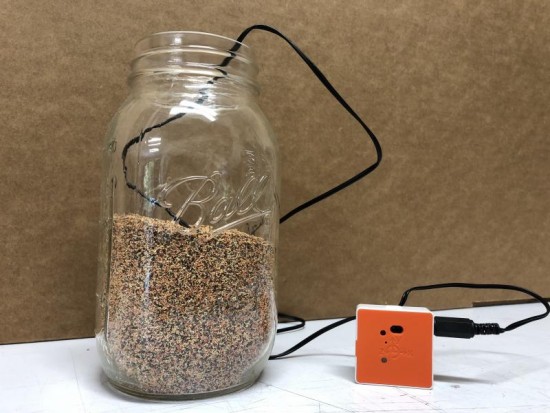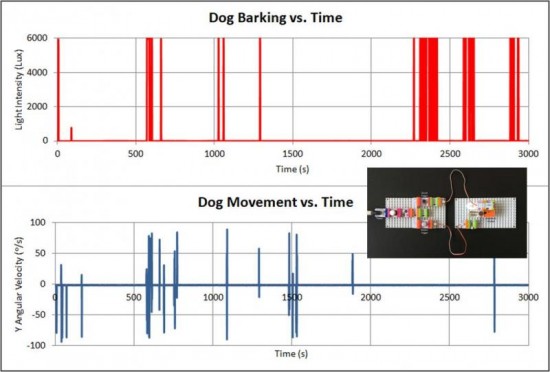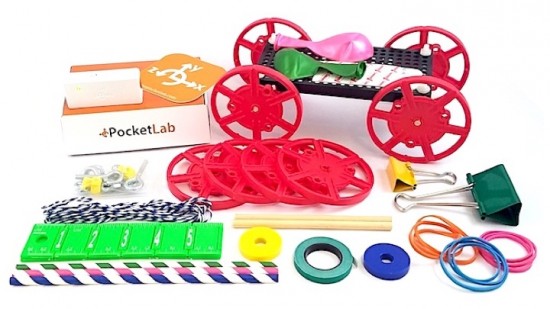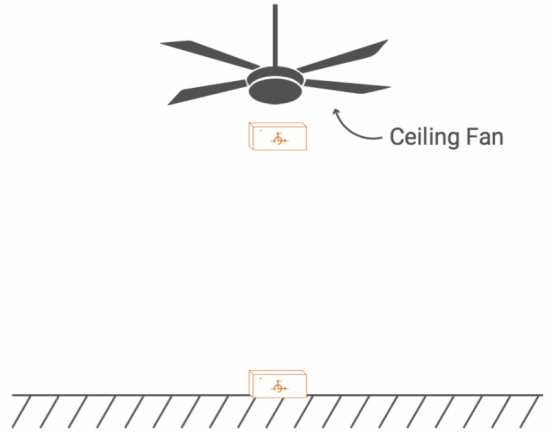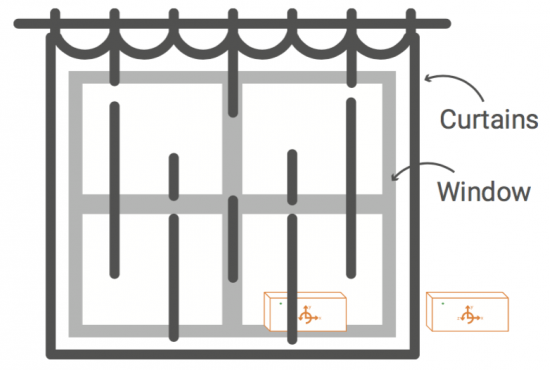What causes the seasons?
What causes the seasons on Earth?
Background Information
Weather is always changing. Humans have been dividing up the year based on these changes in weather for thousands of years. A division of a year based on weather is called a season. Different regions of the Earth have different names for seasons and different types of seasons. The most common seasonal names used are Winter, Spring, Summer, and Fall.




